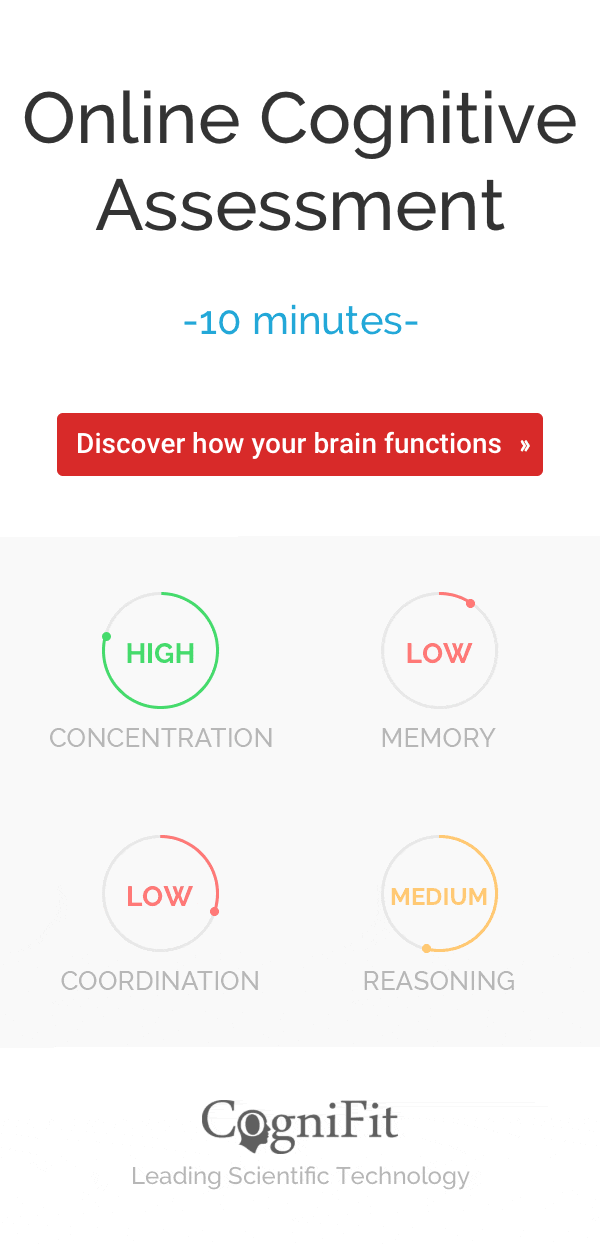
Fight or Flight: All You Need to Know About This Response
Fight or Flight. The sympathetic nervous system is one of two subdivisions of the autonomic nervous system, which is part of the peripheral nervous system. All of these subdivisions may seem confusing, but all you need to know about the sympathetic nervous system starts with the peripheral nervous system.

CNS vs. PNS
For starters, the nervous system has two main divisions consisting of the central nervous system (CNS) and the peripheral nervous system (PNS). The central nervous system is arguably easy to wrap your head around because it consists of just the brain and the spinal cord. The peripheral nervous system is comprised of everything other than the brain and spinal cord.
Due to how vague the definition of the PNS is, it has to be broken down into multiple different subsets. The two main divisions of the PNS are the somatic and autonomic nervous systems.
The somatic nervous system is also considered the voluntary nervous system because it allows us to interact with our external environment. This is done through voluntary movement of skeletal muscles and our senses.
The autonomic nervous system regulates our internal environment or controls the body functions that we do not have conscious control over. This is a rather complex task as well, so the autonomic nervous system has two subdivisions known as the sympathetic nervous system and the parasympathetic nervous system.
The sympathetic nervous system controls our “fight or flight” response to a dangerous event, but it is also active at a baseline level in order to maintain our body’s homeostasis. The parasympathetic nervous system is the complimentary partner to the sympathetic nervous system. After experiencing a “fight or flight” response, the parasympathetic nervous system takes over in a “rest and digest” response. This allows the body to return to rest.
Fight or Flight: Functions
Now that we have a handle on where the sympathetic nervous system lies within the complex wiring of the complete nervous system, we can look at its specific functions.
Traditionally, we experience fight of flight when presented with harmful or life-threatening situations. Our body reacts in ways that can either help up flee the situation, or power through and fight the situation.
The fight or flight response is the primary process of the sympathetic nervous system. It allows us to handle stressful situations by suppressing non-vital bodily functions and enhancing survival functions. During a fight or flight response digestion is slowed or halted. This allows for the energy and resources normally used in digestion to be repurposed to increasing heart rate, getting more oxygen-rich blood to muscles, or dilating pupils.
Our bodies are able to make this response through two pathways. One pathway uses neurotransmitters, and other pathway uses hormones. The difference between a neurotransmitter and a hormone is a bit tricky to understand, especially when talking about the sympathetic nervous system. This is because the same chemical can be a neurotransmitter and a hormone.
What are the types of neurotransmitters
How is this possible? Well, a neurotransmitter is any chemical that is released from a neuron and travels across a synapse. A hormone is a chemical that is secreted from a gland.
Physiology of Fight or Flight
How does the sympathetic nervous system really impact your body? How do these messages get sent to the various parts of your body?

The First Basic Response Pathway
A two-neuron chain of signaling is required for almost every message that the autonomic nervous system relays. The first pathway is made up of the following: a preganglionic cell, a ganglion, a postganglionic axon, and an effector organ.
A preganglionic cell is a neuron that is rooted in the spinal cord. Its axon synapses onto a ganglion, which just a term for a cluster of neurons located in the PNS. From there the axon of the ganglion, referred to as the postganglionic axon, synapses onto the effector organ. An effector organ is any organ that can respond to stimulus from a nerve.
More on synapses
What neurotransmitters are used in this pathway? The preganglionic axon releases acetylcholine, which binds to acetylcholine receptors on the ganglion. The postganglionic axon then releases norepinephrine onto the effector organ. The effector organ is then either stimulated or inhibited based on the receptors present. The receptors are what determine the action of the neurotransmitter.
The Second Basic Response Pathway
This pathway is referred to as the sympathoadrenal response. This pathway is made up of a preganglionic cell, the adrenal gland, blood vessels, and effector organs.
The preganglionic cell functions the same way as a preganglionic cell in the first response pathway functions. It is rooted in the spinal cord and has an axon that synapses, and releases acetylcholine, onto the next part of the pathway. However, in the sympathoadrenal response, the next part of the pathway is the adrenal gland.
The adrenal gland is made up of the adrenal medulla and the adrenal cortex. When acetylcholine is bound to receptors in the adrenal medulla, it signals hormones to be released into the bloodstream. These hormones are norepinephrine and epinephrine. These two hormones are also found in other parts of the body as neurotransmitters. Norepinephrine is even used as a neurotransmitter in the first pathway. However, as stated previously, the same chemical can be both a neurotransmitter and a hormone. It just depends on where it was released from!
When epinephrine and norepinephrine are released into the bloodstream, they have a wide spreading and fast impact on the effector organs. Just like the first pathway, the effector organ can either be stimulated or inhibited based on the receptors present.
Fight or Flight and Anxiety

In many cases, our bodies have not quite caught up with modern day events. The stress our ancestors experienced running away from predators is much different from the stress you feel before an exam. However, our bodies have a hard time differentiating types of stress.
These stresses that we face today are predominately psychological and unfortunately longer lasting than running from a predator. The danger with perceiving a modern situation as threatening and then subsequently activating your fight or flight response is that the response will be active as long as you feel threatened.
Anxiety has been linked to both the inappropriate triggering of the fight or flight response, as well as the length of time spent in the response state. Panic attack symptoms are very similar to the physiological changes that occur during fight or flight, and while the panic attack will eventually subside, this does not completely stop the fight or flight response.
You can still feel the emotional impact that an unwarranted fight or flight response has on you after the response has subsided. This can include worry and a heightened sense of danger. Unfortunately, this can have not only a psychological toll but a physiological toll as well.
The sympathetic nervous system is so good at redistributing energy to vital survival functions, but if this response stays on for too long, or is continually being stimulated, some health problems may arise.
Digestive problems can occur because the gastrointestinal tract is not getting enough oxygen-rich blood to do its job. Similar types of problems can arise with other parts of the body that are not getting enough blood flow.
It is important to engage in stress relieving activities, as well as relaxing in order to help your parasympathetic nervous system “rest and digest” to counteract “fight or flight”.













